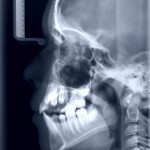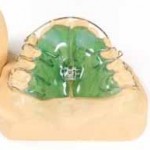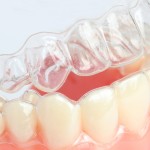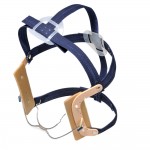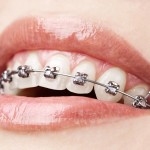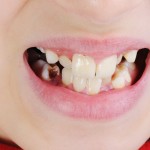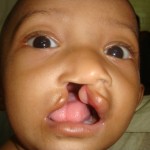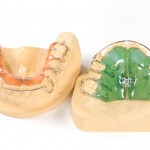
The aim of this review was to identify the appropriate treatment for the correction of anterior crossbite. The authors searched in Scopus, Medline, Cochrane Library, Embase and Psychinfo databases for studies involving Children in the primary or mixed dentition with an anterior crossbite affecting one or more incisors, and no underlying skeletal class III discrepancy. [read the full story…]
